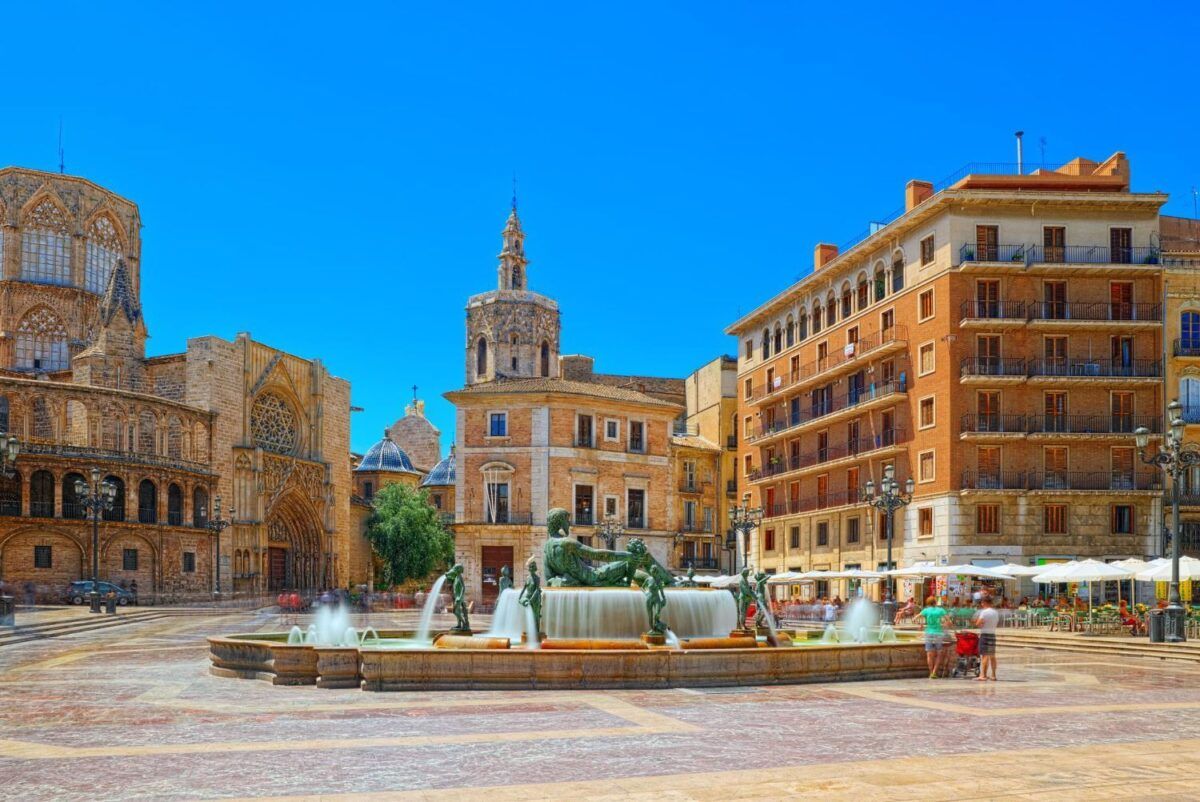After a meticulous 16-year restoration, Greece has reopened the doors to the ancient palace of Alexander the Great, inviting the world to step back into a pivotal chapter of history. Nestled in the northern region near Vergina, the Palace of Aigai, once the heart of the Macedonian kingdom, now stands as a testament to the grandeur of a bygone era.
The Palace of Aigai, originally the Royal Metropolis of the Macedonians, was the largest structure in classical Greece, covering an impressive 15,000 square meters. It was primarily built by King Philip II of Macedonia, Alexander the Great’s father, in the 4th century BCE. This architectural marvel not only served as a royal residence but also as a ceremonial and cultural center, witnessing the coronation of one of history’s most legendary figures.
Alexander the Great’s ascension to the throne marked the beginning of an unprecedented era of conquests and cultural expansion. His empire, stretching from Greece to Egypt, Iran, and even as far as northern India and central Asia, set the stage for the Hellenistic period. This era saw the spread of Greek culture and influence across the eastern Mediterranean, shaping the region’s history for centuries to come.
The palace’s historical significance is immense, comparable to iconic landmarks like the Parthenon in Athens. Greek Prime Minister Kyriakos Mitsotakis, during the reopening ceremony, emphasized the palace’s role in global heritage, stating, “It is the place where Alexander the Great was crowned king, a short while after his father’s assassination, to start his glorious campaign.”
The restoration of the palace was a monumental task. It required extensive excavation, documentation, and conservation of artifacts, with the Greek government and the European Union investing over 20 million euros in the project. The meticulous work included the restoration of 1,400 square meters of mosaics, marble flooring, and several columns, all while preserving the site’s historical essence.
Visitors to the palace can now marvel at the grandeur of the ancient world. The site offers a unique glimpse into the life and times of Alexander the Great, showcasing the splendor of Macedonian architecture and the intricate artistry of the period. The palace area, recognized as a UNESCO World Heritage Site, not only celebrates the legacy of a great ruler but also serves as a bridge connecting the past with the present.
The reopening of Alexander the Great’s palace is more than just a revival of an ancient site; it represents a significant milestone in cultural heritage preservation. It underscores Greece’s commitment to safeguarding and promoting its rich historical legacy. As Prime Minister Mitsotakis aptly put it, “The importance of such monuments transcends local boundaries, becoming property of all humanity. And we as the custodians of this precious cultural heritage, we must protect it, highlight it, promote it and at the same time expand the horizons revealed by each new facet.”
For history enthusiasts and travelers alike, the Palace of Aigai offers an unparalleled opportunity to walk in the footsteps of one of history’s most iconic figures. It’s a journey through time, where the echoes of the past resonate with the present, offering insights into a world that once was and the enduring legacy it left behind.
As the sun sets over the ancient stones of Aigai, one can’t help but feel a connection to the past, a sense of awe at the achievements of those who walked these halls centuries ago. The reopening of Alexander the Great’s palace is not just a celebration of history; it’s an invitation to explore, learn, and be inspired by the enduring spirit of human achievement.















